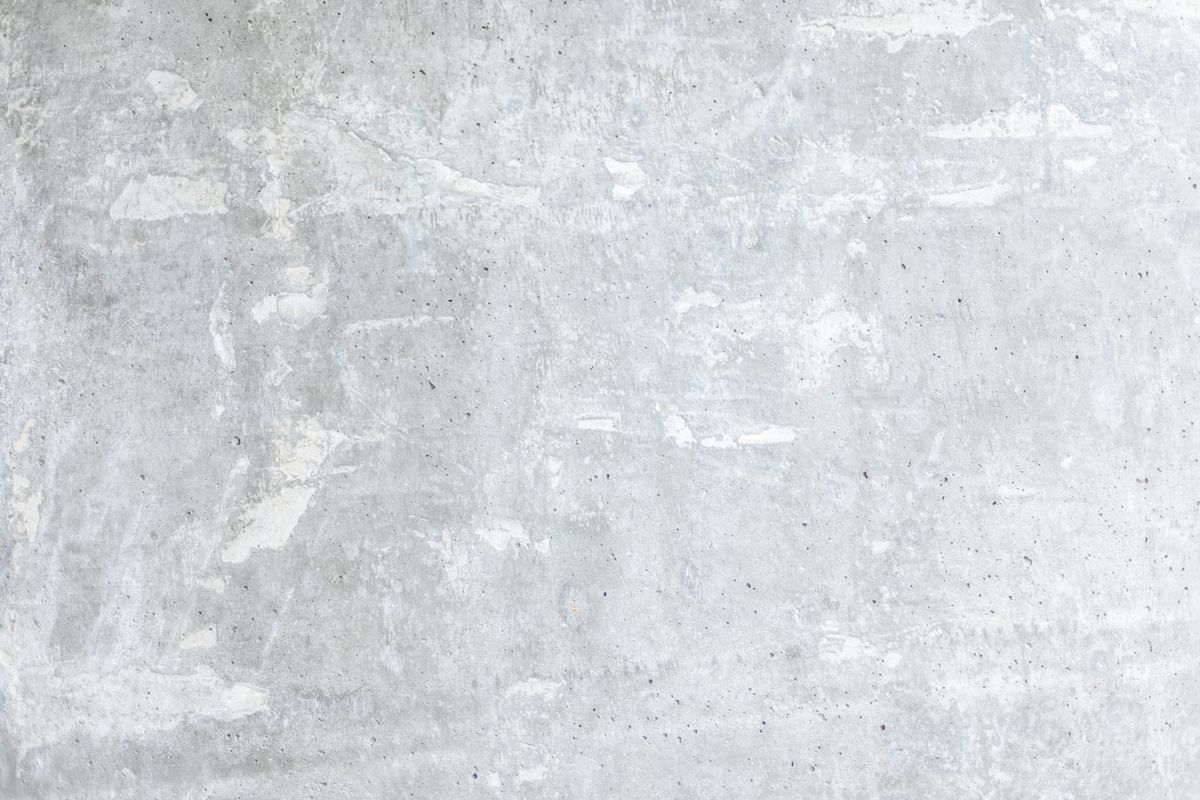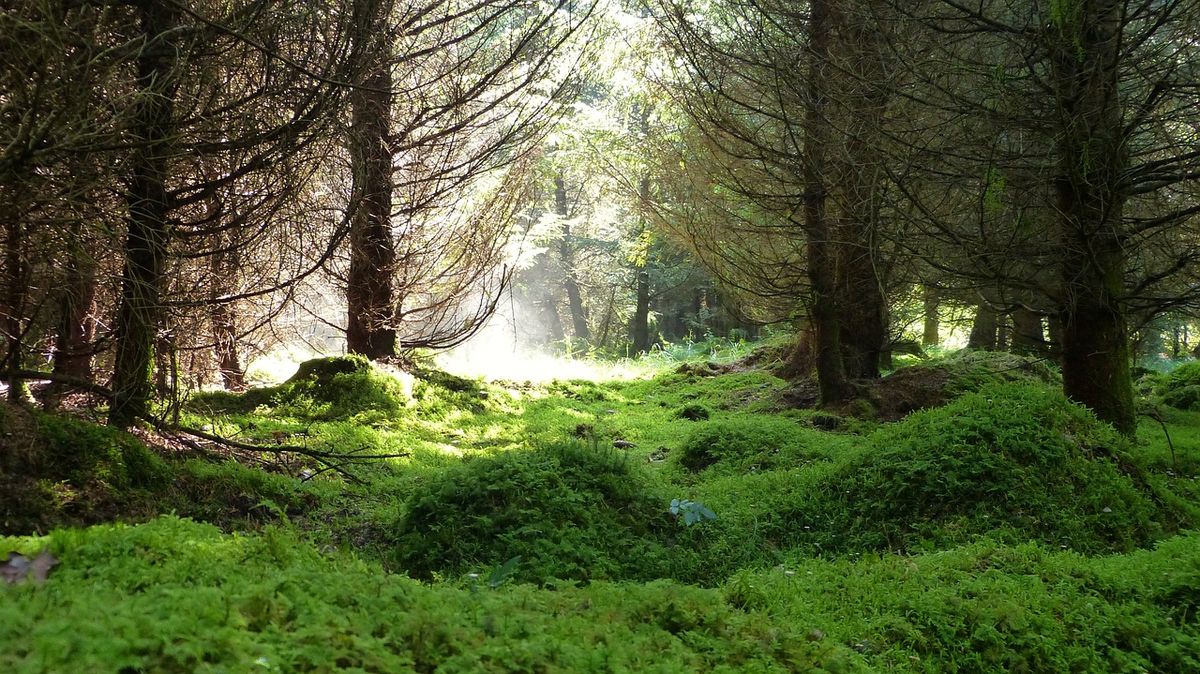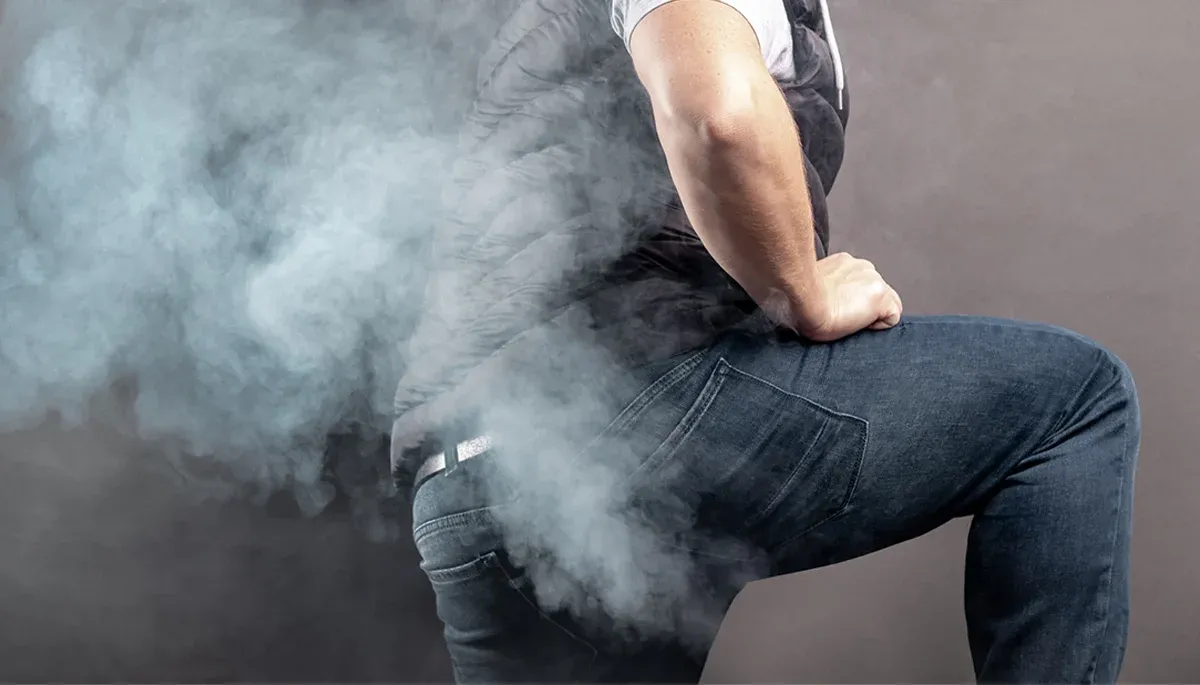Introduction
Welcome to our guide for clearing out that stubborn construction dust from your new home or renovation project. If you've recently completed a construction project, you're likely facing the daunting task of cleaning up a lot of dust. Whether it's fine dust gyprock/drywall particles clinging to your hardwood floors or concrete dust covering every surface, removing construction dust is crucial for the health and cleanliness of your living space.
In this article, we'll look into the most effective methods for cleaning construction dust, focusing on residential construction and new home builds.
Our aim is to educate and assist you, especially if you're dealing with health allergies to dust, by providing you with a comprehensive understanding of how to tackle this challenge head-on.
Understanding Construction Dust
Construction dust isn't just a nuisance; it can be a serious health hazard. Originating from cutting, grinding, and sanding materials during construction work, this dust can contain harmful particles like silica, which poses risks of respiratory problems and chronic diseases. Cleaning this effectively not only contributes to a healthier environment but also protects your new home's surfaces and air quality.
Review Criteria for Cleaning Methods
When reviewing cleaning methods, we'll focus on their efficiency, safety, health considerations, ease of use, accessibility, cost-effectiveness, and suitability for various surfaces. Each method will be scored based on these criteria to help you make the best choice for your needs.
Cleaning Solutions and Methods
Mechanical Methods
When tackling dust, starting with the right tools is essential. Mechanical methods, particularly vacuuming, stand out for their effectiveness in removing loose and embedded dust. Brands like Festool, Makita, and Dewalt have set the standard with their HEPA-filtered vacuums, designed specifically for construction environments.
Festool Dust Extractors
Festool offers a range of dust extractors, such as the CT MIDI I HEPA, renowned for their high suction power and HEPA filtration, capturing 99.97% of dust particles. These are ideal for keeping your construction area and air clean, significantly reducing health risks associated with fine dust particles.
Makita Vacuum Solutions
Makita's cordless vacuum range, including models like the XCV11Z, provides mobility and ease of use without compromising on power. Equipped with HEPA filters, these vacuums are perfect for cleaning hardwood, tile, and even concrete floors, ensuring a thorough cleanup.
Dewalt’s HEPA Vacuums
Dewalt's lineup, such as the DWV010, offers robust solutions with HEPA filtration, ensuring that even the finest particles are trapped. These vacuums are designed for heavy-duty use, capable of dealing with large amounts of construction dust efficiently.
By utilizing these mechanical methods, specifically HEPA-filtered vacuums from trusted brands like Festool, Makita, and Dewalt, you can significantly reduce the amount of dust and allergens in your post-construction cleaning process. Their effectiveness, safety features, and ease of use make them indispensable tools for anyone looking to clean construction dust thoroughly.
Scoring for each brand based on our review criteria will be as follows:
- Efficiency and Effectiveness: Each brand's products are designed to tackle construction dust efficiently, ensuring that surfaces are left clean.
- Safety and Health Considerations: HEPA filters in these vacuums play a crucial role in minimizing health risks by trapping fine particles.
- Ease of Use and Accessibility: These brands offer user-friendly designs and are widely available, making them accessible solutions for most users.
- Cost-effectiveness and Time Efficiency: While initial investments may be higher, the durability and effectiveness of these vacuums provide long-term savings and value.
Next Steps
Following mechanical methods, we'll explore wet cleaning techniques, advanced cleaning technologies, specialised products and tools, and the role of professional cleaning services in achieving a dust-free environment. Each method will be evaluated using our review criteria to provide you with a comprehensive guide to cleaning construction dust effectively.
Wet Cleaning Techniques
After removing as much dust as possible as a first step with mechanical methods, wet cleaning techniques come into play. This approach involves using a damp cloth, mops, a soft towel and mild cleaning solutions to capture and remove remaining dust without spreading it into the air.
Damp Mopping
For floors, a damp mop can work wonders. The Libman Wonder Mop and O-Cedar EasyWring Spin Mop & Bucket System are excellent choices. These mops allow for controlled water usage, ensuring floors are not oversaturated, which is particularly important for hardwood and tile floors. Adding a small amount of vinegar to clean water can enhance the cleaning power while being gentle on surfaces.
Cleaning Solutions
For wiping down surfaces, a solution of warm water and a mild detergent or a specialised cleaner like Method All-Purpose Cleaner or Mrs. Meyer's Clean Day ensures safety and effectiveness. These products are designed to clean without leaving harmful residues, making them ideal for post-construction cleanups.
Microfiber Cloths
Using microfiber cloths, such as those from Norwex or E-Cloth, ensures that dust is trapped and removed rather than dispersed. These cloths can be dampened with just water or cleaning solution and are reusable, offering an eco-friendly cleaning option.
Scoring:
- Efficiency and Effectiveness: 9/10. Wet cleaning is highly effective for removing remaining dust but requires more effort for large areas.
- Safety and Health Considerations: 9/10. This method minimises dust in the air, reducing health risks.
- Ease of Use and Accessibility: 8/10. Products are widely available and easy to use, though more labor-intensive.
- Cost-effectiveness and Time Efficiency: 7/10. While affordable, wet cleaning can be time-consuming, especially for larger spaces.
Advanced Cleaning Technologies
For deep cleaning and dealing with stubborn dust or stains, advanced cleaning technologies can provide the solution. Steam cleaners and air purifiers with HEPA filters are at the forefront of this effort.
Steam Cleaners
The McCulloch MC1275 Heavy-Duty Steam Cleaner and BISSELL PowerFresh Steam Mop are powerful tools for deep cleaning floors, carpets, and upholstery. Steam cleaning eliminates dust mites and bacteria without chemicals, making it a healthy choice.
Air Purifiers
Air purifiers, such as the Honeywell HPA300 True HEPA Allergen Remover and Levoit LV-H132 Air Purifier, filter out fine dust particles and improve indoor air quality. These devices are essential in maintaining a dust-free environment after cleaning.
Scoring:
- Efficiency and Effectiveness: 9/10. Advanced technologies provide a deep clean that traditional methods cannot match.
- Safety and Health Considerations: 10/10. These methods improve air quality and reduce potential health risks.
- Ease of Use and Accessibility: 8/10. While user-friendly, the initial cost may be higher.
- Cost-effectiveness and Time Efficiency: 8/10. The long-term benefits of improved air quality and cleanliness justify the investment.
Specialised Products and Tools
Certain products and tools are designed specifically to trap and remove construction dust, offering targeted solutions for challenging cleaning tasks.
Dryer Sheets
Believe it or not, Bounce Outdoor Fresh Dryer Sheets can be used to pick up dust from surfaces. The anti-static properties help to attract and hold dust particles, making them effective for cleaning hard-to-reach areas like light fixtures and air vents.
Treated Dust Mops
For floors, a Swiffer Sweeper Dry Mop or a Turbo Microfiber Mop can be more effective than traditional mops in trapping dust. These products are especially useful for hardwood and tile floors, capturing fine particles without scratching the surface.
Scoring:
- Efficiency and Effectiveness: 8/10. These tools are highly effective for specific tasks, though they may not be suitable for all cleaning needs.
- Safety and Health Considerations: 9/10. They reduce airborne dust, lowering health risks.
- Ease of Use and Accessibility: 9/10. Simple to use and widely available, these products are accessible to most people.
- Cost-effectiveness and Time Efficiency: 8/10. Affordable and time-saving for targeted cleaning tasks.
Professional Cleaning Services
In some cases, the best option for post-construction cleanup is to hire professional cleaning services. Companies like Merry Maids or Servpro specialise in post-construction cleaning, offering comprehensive services that cover all aspects of dust removal.
Scoring:
- Efficiency and Effectiveness: 10/10. Professional services ensure a thorough clean with the right tools and expertise.
- Safety and Health Considerations: 10/10. Professionals follow safety protocols, significantly reducing health risks.
- Ease of Use and Accessibility: 9/10. Easy to arrange but may require scheduling in advance.
- Cost-effectiveness and Time Efficiency: 7/10. While more expensive, the convenience and quality of service offer great value.
Drywall/Gyprock Dust Removal Techniques
Drywall dust is a common byproduct of home renovation projects, especially during sanding processes. This fine dust can quickly spread throughout your home, settling on surfaces and infiltrating air systems. Here are some techniques and tips for efficiently removing drywall dust and minimising its spread.
Pre-Cleanup Preparations
Contain the Dust: Before sanding drywall, seal off the area as much as possible using plastic sheeting and painters' tape. This helps to limit the spread of dust to other parts of your home.
Use Dustless Sanders: Opt for dustless sanding systems that attach to a vacuum cleaner. Brands like Festool and Dewalt offer sanding systems designed to capture drywall dust at the source, significantly reducing airborne particles.
Effective Cleaning Strategies
Initial Clean-Up: Start with a thorough vacuuming using a HEPA-filtered vacuum cleaner. A vacuum with a brush attachment can gently remove loose dust from walls without scratching them. Models from Makita and Dewalt, equipped with HEPA filters, are highly effective at capturing fine drywall dust.
Wiping Down Surfaces: After vacuuming, wipe down all surfaces with a damp microfiber cloth. Microfiber is effective at trapping dust without releasing it back into the air. For larger surfaces, a slightly dampened microfiber mop can be used. Remember to rinse the cloth or mop frequently in clean water to avoid re-depositing dust.
Air Purification: Even with thorough cleaning, some dust may remain suspended in the air. Using an air purifier with a HEPA filter can help capture these fine particles. Consider running the air purifier continuously during and after the cleanup process.
Tips for Preventing Dust Spread
Limit Air Movement: Avoid using fans or central heating/cooling systems that can circulate air (and dust) throughout the house during and immediately after drywall work. Instead, focus on localised ventilation to remove dust.
Protect Vent Openings: Cover air vents and registers in the work area with plastic sheeting to prevent dust from entering the HVAC system. Remember to replace HVAC filters after the cleanup process.
Layered Cleaning Approach: Clean from the top down, starting with ceilings and high surfaces, moving to walls, and finally, floors. This systematic approach ensures that any dust disturbed during cleaning will ultimately be removed when cleaning the floors.
Special Considerations
Safety Precautions: Drywall dust can be harmful if inhaled. Always wear protective gear, such as N95 face mask or respirators, and goggles during both the overhead sanding and cleaning processes.
Professional Help: For extensive renovations or if the cleanup task seems overwhelming, consider hiring professional cleaners who specialise in post-construction cleanup. They have the experience and equipment to efficiently remove drywall dust.
Conclusion
Cleaning construction dust requires a comprehensive approach, combining mechanical methods, wet cleaning techniques, advanced technologies, specialised products, and, in some cases, professional services. By evaluating these methods based on efficiency, safety, ease of use, and cost-effectiveness, you can choose the best solution for your needs, ensuring your new home is clean, healthy, and welcoming.
Frequently Asked Questions
Q1: How often should I change the air filters in my home after a construction project?
A: It's advisable to change your air filters immediately after the construction is completed and then every 30 to 60 days for the next few months, depending on the amount of dust and the type of filters you use. High-efficiency HEPA filters, like those from 3M Filtrete, can capture finer particles and may require less frequent changes if monitored regularly.
Q2: Can I use a regular vacuum cleaner to clean construction dust?
A: While a regular vacuum can be used, it's not recommended for large quantities of construction dust, especially fine particles like drywall dust or silica. HEPA-filtered vacuums from brands like Festool, Makita, and Dewalt are specifically designed to handle such dust without spreading it back into the air.
Q3: Is it safe to clean construction dust if I have respiratory issues?
A: If you have respiratory issues, it's crucial to minimise your exposure to construction dust. Use personal protective equipment like N95 dust masks or respirators, and consider hiring professional cleaning services or asking someone else to perform the cleanup. Ensure good ventilation and air purification in your living space during and after the cleaning process.
Q4: What's the best way to clean dust from hardwood floors without damaging them?
A: Use a microfiber mop, such as the Turbo Microfiber Mop, lightly dampened with a solution of water and a mild cleaner. Avoid excessive water and harsh chemicals. Products like the Swiffer WetJet designed for hardwood floors can also be effective and safe.
Q5: How do I remove construction dust from upholstered furniture and fabrics?
A: Use the upholstery attachment of a HEPA vacuum cleaner for initial dust removal. For deeper cleaning, steam cleaners like the McCulloch MC1275 can be effective, especially for stubborn dust and stains. Test any cleaning solutions on a small, inconspicuous area first to avoid damage.
Q6: Can construction dust cause long-term damage to my home's surfaces or air quality?
A: If not properly cleaned, construction dust can settle into cracks, crevices, and air ducts, potentially causing damage over time and deteriorating indoor air quality. Regular cleaning, proper filtration, and maintaining HVAC systems can prevent these issues.
Q7: Are there eco-friendly options for cleaning construction dust?
A: Yes, using microfiber cloths and mops for dust removal and cleaning surfaces with water and mild, eco-friendly detergents can be very effective. Products from brands like Method All-Purpose Cleaner and Mrs. Meyer's Clean Day offer environmentally friendly cleaning solutions.
Q8: What should I do if construction dust has entered my HVAC system?
A: It's important to clean and change the air filters in your HVAC system immediately. Consider hiring professionals to clean the ductwork if you suspect a significant amount of dust has accumulated. Regular maintenance will ensure your system operates efficiently and maintains clean air in your home.
Q9: How can I prevent construction dust from spreading to other areas of my home during a renovation project?
A: Use plastic sheeting and painters' tape to seal off the construction area from the rest of your home. Keep doors and windows closed, and consider using an air purifier with a HEPA filter in adjacent rooms to capture any dust that does escape.
Q10: How long does it typically take to thoroughly clean a home after a construction project?
A: The time required can vary widely depending on the size of your home, the extent of the construction work, and the amount of dust. Small projects might only need a day or two of cleaning, while larger renovations could require several days to a week, especially if professional cleaners are involved.
Additional Reading
Read about Laitance (concrete dust) clicking the link to our post below.








